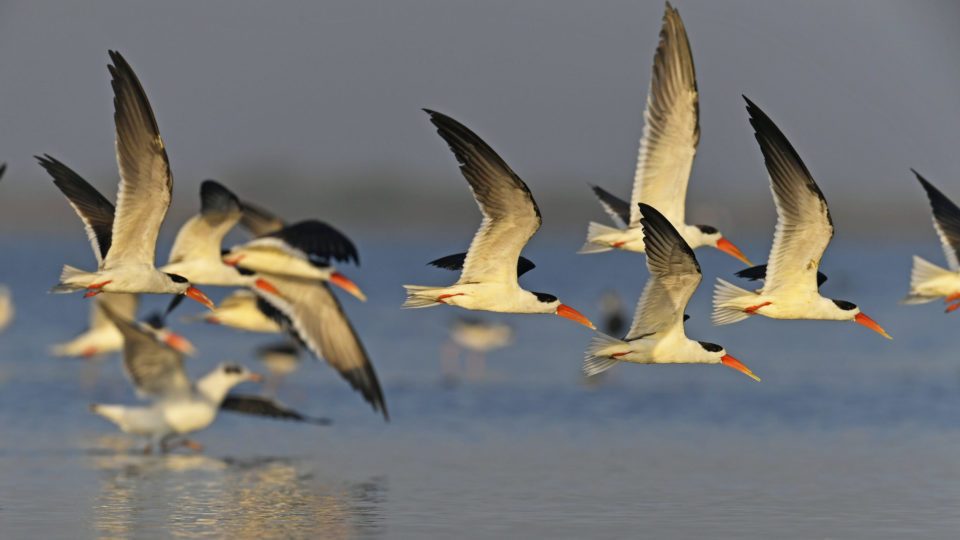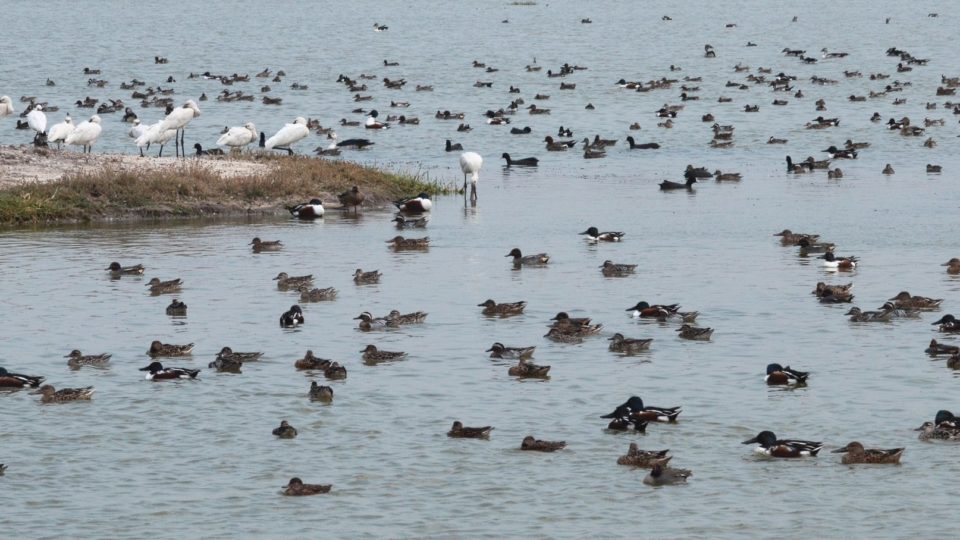
The annual International Waterbird Census kicked off in the Asia-Pacific
-
Asian Waterbird Census
-
International Waterbird Census
-
Species
From January to February one of the oldest and biggest annual citizen science programmes in the world takes place, the International Waterbird Census, coordinated globally by Wetlands International. During the census participants will count waterbirds at tens of thousands of wetlands, providing up-to-date information on waterbird populations and their habitats, including current and potential threats. This will guide conservation action locally and internationally. The census directly contributes to regional conservation frameworks such as the African Eurasian Waterbird Agreement (AEWA), the East – Asian Australasian Flyway Partnership, Western Hemisphere Shorebird Reserve Network as well as the global biodiversity related conventions, including the Ramsar Convention on Wetlands, Convention on Migratory Species and the Convention on Biological Diversity.
While most of the world was taking a well-deserved year-end break, thousands of enthusiastic bird watchers, conservationists, forest staff, teachers, business people, students and others were out in the field last weekend volunteering their time to participate in the census. People started in the Asia-Pacific on 2 January and will continue until 17 January, with more counts expected from December 2020 to end February 2021. This effort is coordinated in each country and region by coordinators, often working in a voluntary capacity. Wetlands International urged conducting the waterbird census by adopting health safety measures in view of the risk of COVID-19 this year.

A flock of Endangered Indian Skimmer on the Jamnagar coast. Photo by Yashodhan Bhatia.
The first results are rolling in quickly, from Bangladesh, India and Nepal and will be followed by others from across Asia and Australasia in the coming days and weeks. Some positive news has already come in from some wetlands In India. At Surajpur in Delhi, numbers and diversity of species have increased from previous years. Large numbers of waterbirds serve as a key indicator of the wetland productivity as they depend on the aquatic insects, water plants, fishes and other organisms as a food source. These waterbirds also require wetlands as safe resting areas in the day and night and for nesting. The species being monitored include resident species as well as migratory species like these Northern Shoveller and Garganey duck that travel tens of thousands of kilometres from their northern breeding grounds. An increasing number of these species are also listed as globally threatened under the IUCN Red List of Threatened Species, as a result of loss and degradation of wetland habitat, collision with power lines and poorly placed wind farms, legal and illegal killing and poisoning and others.
Also, in India, there have been various reports of bird die-offs, some related to Avian Influenza, including at the Pong Dam sanctuary, a Ramsar Site in Himachal Pradesh that supports internationally important waterbird numbers. The waterbird census effort helps to monitor wetlands for sick or dead birds and act as an early warning system. This allows for local authorities to take quick action if some birds are infected by zoonotic disease such as avian influenza, by collecting and testing samples for laboratory analyses. It also enables them to take temporary measures to reduce contact between local people and birds and unnecessary disturbance to birds that carries a potential risk of dispersing them.
 A large flock of migratory Northern Shoveller, Garganey duck, Eurasian Spoonbill and others at a wetland in Gujarat state, India. Photo by Taej Mundkur.
A large flock of migratory Northern Shoveller, Garganey duck, Eurasian Spoonbill and others at a wetland in Gujarat state, India. Photo by Taej Mundkur.
The annual census also rolls out in the African-Eurasian flyway, the Caribbean, Central Americas & Neotropics in the coming weeks. These regional census programmes are coordinated respectively by Wetlands International European Association, BirdsCaribbean, Manomet and Wetlands International Latin America and Caribbean. Each of the regional programmes are supported by a network of national and subnational coordinators listed here. We acknowledge and thank all the coordinators and counters for their vital contributions to this important effort.
How you can help
To join the census in your country, contact your national/regional coordinator for more information here. For more information on the 2021 Asia-Pacific census, see here.
You can also support the counting effort by donating through the waterbird fund here or directly to your local counting organisation. As the census is run mostly by volunteers, most of your contribution will go directly to supporting the counting effort.
Regional information
African-Eurasian Waterbird Census
Caribbean Waterbird Census
Central American Waterbird Census
Neotropics Waterbird Census
International Waterbird Census
Keep informed
Many of the regional programmes of the IWC produce regular newsletters. You can sign-up to receive the newsletters at the below links:
Check out the latest newsletters for the Asia Pacific and Africa Eurasia that were published in December.
